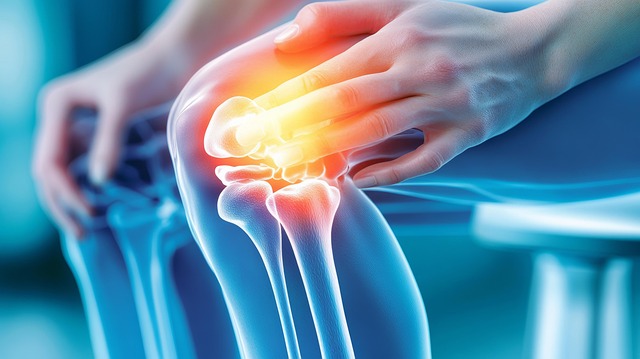Arthritis is one of the most common chronic conditions worldwide, affecting millions of people, especially as they age. Whether it’s osteoarthritis (OA) or rheumatoid arthritis (RA), both conditions can cause pain, stiffness, and reduced mobility, making daily activities difficult.
While there is no cure for arthritis, effective arthritis management can significantly improve quality of life, reduce pain, and preserve joint function. In this post, we’ll explore practical ways to manage arthritis symptoms and live a more comfortable life.
What is Arthritis?
Arthritis refers to inflammation of the joints, and it’s characterized by pain, swelling, and stiffness. The two most common types of arthritis are
-
Osteoarthritis (OA) The most common form, OA occurs when the cartilage in the joints breaks down over time, leading to pain and limited movement.
-
Rheumatoid Arthritis (RA) A chronic autoimmune disease where the body’s immune system attacks the synovium (lining of the joints), causing inflammation, pain, and possible joint damage.
Common Symptoms of Arthritis
-
Joint pain or tenderness
-
Swelling, warmth, or redness around the joints
-
Stiffness, especially after resting
-
Decreased range of motion
-
Fatigue and fever (more common with RA)
If you experience any of these symptoms, it’s important to consult a healthcare provider to determine the type of arthritis and the best course of action.
Daily Arthritis Management Tips
Managing arthritis is about making small lifestyle changes that can make a big difference. Here are 10 practical tips to help you cope with arthritis pain and maintain mobility
1. Maintain a Healthy Weight
-
Extra weight puts additional pressure on your joints, especially the knees, hips, and back.
-
Losing even a small amount of weight can reduce pain and improve joint function.
2. Exercise Regularly
-
Low-impact exercises like swimming, walking, and cycling help keep your joints flexible without putting too much stress on them.
-
Strength training can also build muscle around the joints, providing better support.
3. Use Heat and Cold Therapy
-
Heat (warm towels, heating pads) can help relax muscles and ease stiffness.
-
Cold therapy (ice packs) reduces inflammation and numbs the pain.
4. Eat an Anti-Inflammatory Diet
-
Focus on foods that reduce inflammation, such as fatty fish (salmon, mackerel), leafy greens, berries, and nuts.
-
Limit processed foods, sugars, and trans fats that can increase inflammation.
5. Manage Stress
-
Stress can worsen arthritis symptoms by increasing inflammation in the body.
-
Techniques like meditation, yoga, or deep breathing can help manage stress and improve your emotional well-being.
6. Protect Your Joints
-
Use assistive devices like braces or splints to help reduce pressure on joints.
-
Make modifications to your environment, such as using ergonomic tools or furniture, to make daily tasks easier.
7. Stay Hydrated
-
Drinking water helps keep joints lubricated and can reduce stiffness.
-
Aim to drink enough water each day to stay hydrated, which supports overall joint health.
8. Take Medications as Prescribed
-
Over-the-counter pain relievers (acetaminophen, ibuprofen) can help manage mild arthritis pain.
-
For RA, your doctor may prescribe disease-modifying antirheumatic drugs (DMARDs) or biologic drugs to help control the autoimmune response.
9. Get Enough Rest
-
While staying active is important, don’t overdo it. Rest is crucial to avoid overworking inflamed joints.
-
Aim for 7-9 hours of quality sleep to help your body recover and reduce fatigue.
10. Monitor Your Symptoms and Progress
-
Keep a symptom journal to track changes in pain, inflammation, and mobility.
-
Share this information with your healthcare provider to adjust your treatment plan accordingly.
When to See a Doctor
If you notice any worsening of symptoms, such as increased pain, swelling, or difficulty moving, consult your doctor. Early treatment can prevent further joint damage and improve outcomes.
Your healthcare provider may recommend medications, physical therapy, or even surgery in some cases to better manage the condition.
Arthritis may present daily challenges, but with the right management strategies, you can take control of your symptoms and continue living an active life. By implementing lifestyle changes, staying proactive with treatment, and seeking support, you can significantly improve your joint health and overall well-being.
Remember, every step toward better arthritis management no matter how small can make a big difference in how you feel.


